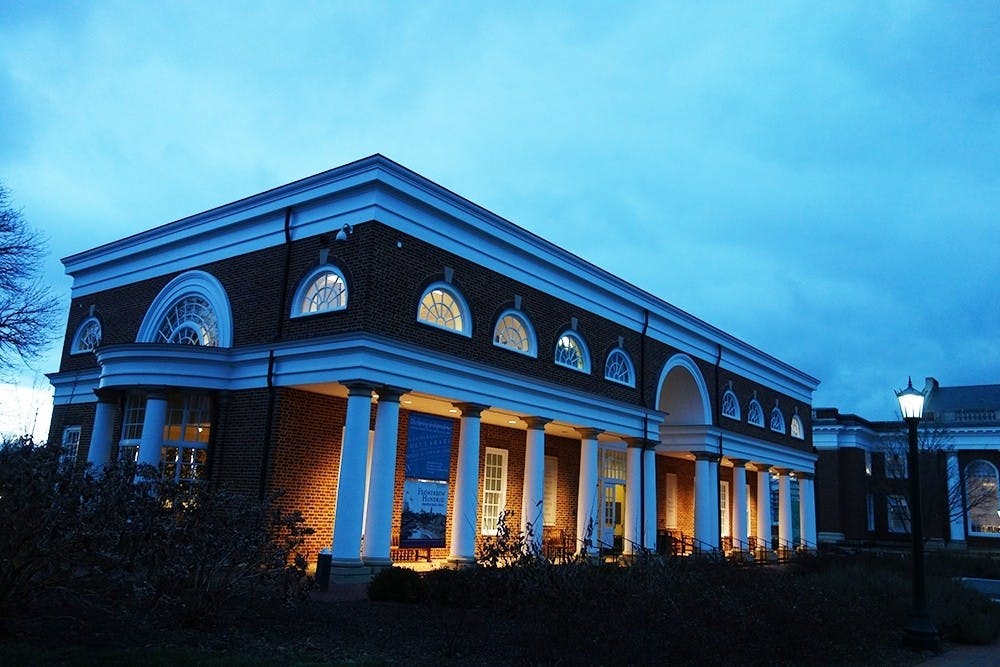The Center for Undergraduate Excellence encourages students to pursue one of 84 research opportunities available to University students in and out of STEM programs.
Moreover, while many students know about popular scholarships such as the Fulbright, the Boren and the Goldwater, there are also lesser-known scholarships geared specifically towards STEM students. Examples include the SMART Scholarship Program, the Hertz Fellowships and the National Science Foundation Scholarships.
“At the Center for Undergraduate Excellence, there are two effective offices or areas of work that are being done,” Andrus Ashoo, associate director of the Center for Undergraduate Excellence, said. “On the one hand are undergraduate research opportunities, and on the other hand there are national scholarships and fellowships.”
The application process differs based on the award for national scholarships and fellowships which do not require University involvement. Some are congratulatory in nature, such as the Goldwater Scholarship, which provides students with $7,500 to spend on any school expense. There are also other awards — such as Research Experience for Undergraduates, or REUs — which are opportunities for students to work on research projects across the U.S. funded by the National Science Foundation.
Ashoo said it is helpful if students have a mentor at the University. However, it is not necessary to have one, as many students indirectly seek out mentors in the process of applying to specific labs.
“If you are involved in research and have a faculty mentor a good place to start would be with them,” Kendall Mueller, third-year Engineering student and chair of the Technology and Advising Committee for the University Research Network, said.
In terms of how many people receive awards, Ashoo said it is easier to look at three categories — awards that require University involvement, awards that don’t require University involvement and awards that many University students pursue.
According to Ashoo, there are about 20 awards that require University involvement in the application process. An example of an award popularly pursued by University students is the Fulbright, according to Ashoo. Many other awards, such as REUs, do not require University involvement. Annually, the number of these awards range from 1,000 to as many as 2,000.
Overall, there is typically no specific monetary range for external awards as many of them prioritize the overall pursuit of research over money.
While there are many opportunities for students to take advantage of, Ashoo said less than 15 percent of external scholarship submissions are from STEM students.
“The biggest deficiency in our STEM students is that they are only looking for STEM-specific opportunities when a lot of the general opportunities also have room for STEM students,” Ashoo said.
The Fulbright is awarded to students completing a year abroad conducting research, pursuing a degree or teaching English after graduation. There are over 140 countries funding Fulbright students to pursue research in their country, Ashoo said.
Furthermore, few STEM students pursue research while at the University.
“Definitely fewer than 10 percent of my peers are involved in research,” Mueller said.
The Undergraduate Research Network is the University’s only interdisciplinary research community. Members can access resources to help them develop their research interests and start new research projects.
Mueller has applied to the Harrison Undergraduate Research Award, a $3,000 award available to undergraduate students of all majors, as well as the NASA Academy.
“Faculty will likely encourage students to apply for grants because students can use this money to fund their research, which saves faculty members money and students can use it to pay for personal expenses — such as housing — while at school,” Mueller said.







